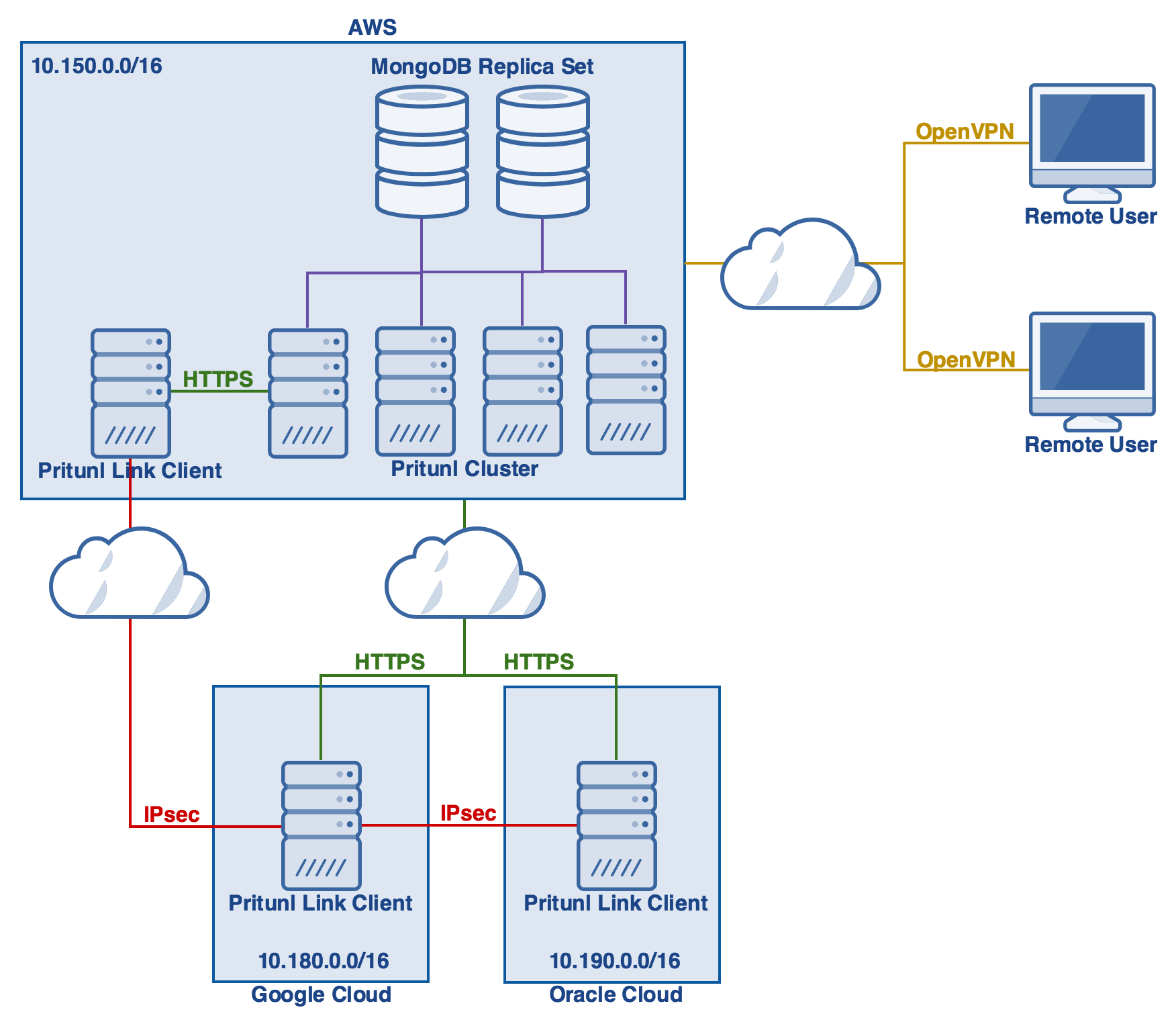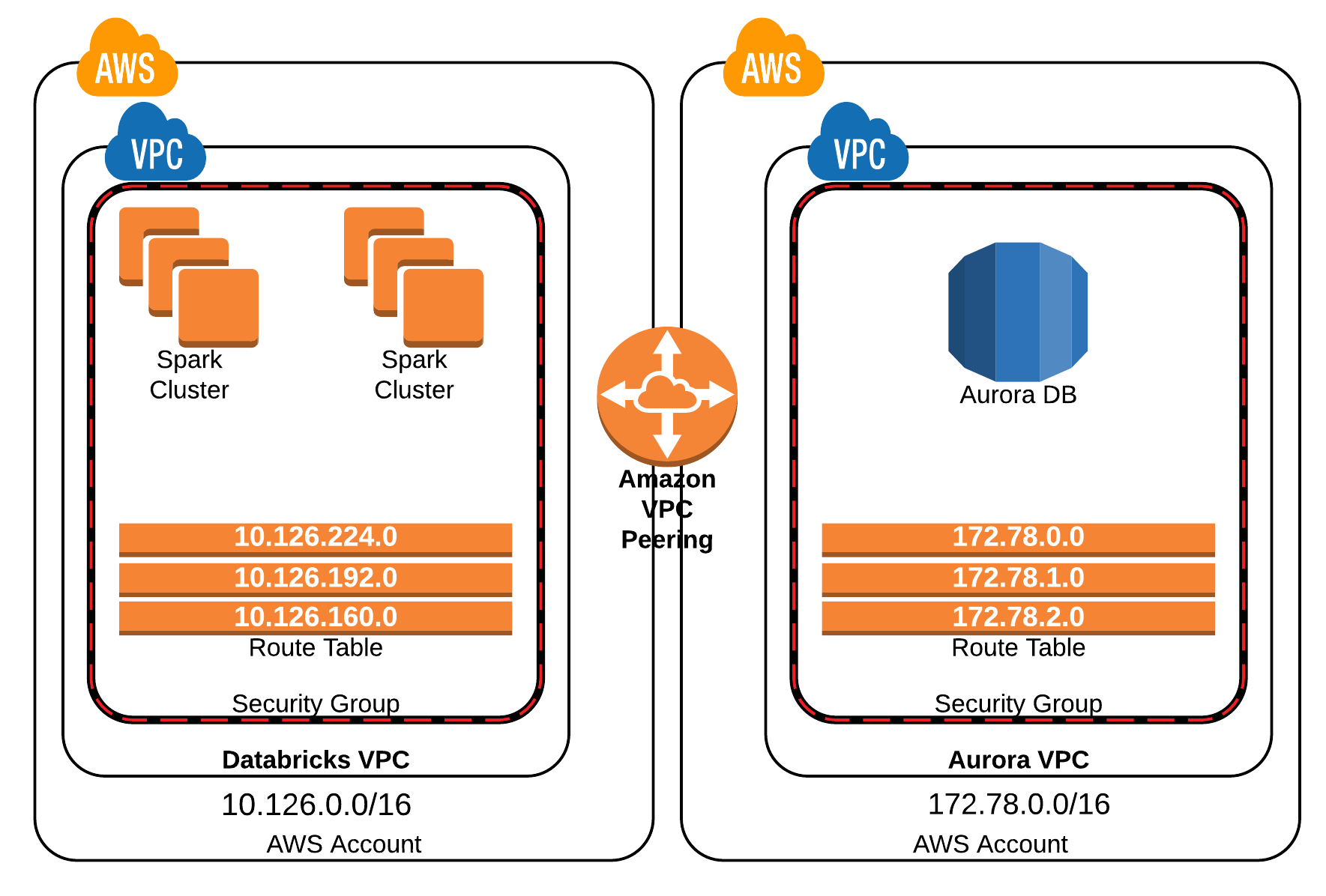Remote IoT & Security: Solutions & VPN Insights [Year]
Is the future of connectivity truly remote? Absolutely, and Remote IoT (Internet of Things) is paving the way, offering unprecedented control and access to devices and systems from anywhere in the world.
In a world increasingly reliant on interconnected devices, the ability to manage and control these devices remotely has become paramount. From the convenience of adjusting your home thermostat from your smartphone to the critical need to monitor industrial machinery across vast distances, Remote IoT solutions are revolutionizing how we interact with technology. But what does this intricate web of remote access truly entail, and how can businesses and individuals alike navigate its complexities to harness its full potential?
| Aspect | Details |
| Definition | Remote IoT refers to the capability of accessing, controlling, and managing IoT devices and systems from a distant location using network connectivity. |
| Key Components |
|
| Benefits |
|
| Applications |
|
| Challenges |
|
| Security Measures |
|
| Future Trends |
|
| Example Solutions |
|
The proliferation of smart homes and the increasing demand for industrial automation are driving the need for efficient and secure IoT solutions. Remote access VPNs, such as Check Point, provide secure entry points for remote users, allowing them to connect to corporate networks from virtually anywhere. Downloading a remote access client is often the first step in establishing this secure connection, granting users the ability to work as if they were physically present in the office.
However, the world of remote access isn't without its shadows. Software like mSpy, while marketed as a tool for parental control, highlights the potential for misuse. These applications can monitor social networks, track location, set internet usage limits, and even remotely block devices. While such features can be beneficial in certain situations, the ethical and legal implications of using such software without consent are significant. The rise of such software underscores the need for robust security measures and a clear understanding of privacy rights in the age of remote connectivity.
The ability to connect securely to devices behind firewalls is another critical aspect of Remote IoT. Tools like Con Radmin VPN enable secure connections to equipment protected by firewalls, allowing for remote management and troubleshooting. This capability is crucial for businesses that need to access and control devices located in secure environments.
For those seeking a reliable solution for managing their virtual private cloud (VPC) remotely, the options are plentiful. The RemoteIoT P2P VPC network, for example, provides direct connections that facilitate high-speed data communication between IoT devices with minimal latency and high bandwidth. This type of network is ideal for applications that require real-time data transfer and control.
Mastering the art of Remote IoT VPC involves understanding the intricacies of network configuration, security protocols, and device management. It requires a holistic approach that considers the entire ecosystem of connected devices and the infrastructure that supports them.
RemoteIoT enables secure connections and management of machines and devices from any location. The platform encrypts all network traffic via an SSH tunnel, ensuring that no one, not even RemoteIoT itself, can read the data. This level of security is essential for protecting sensitive information and preventing unauthorized access.
Pricing for Remote IoT solutions varies depending on the features and capabilities offered. Remote device management is often a key component of these solutions, allowing users to monitor and control their devices remotely. This can include tasks such as software updates, configuration changes, and troubleshooting.
One of the significant advantages of Remote IoT is its ability to bridge geographical divides. Whether you're managing a fleet of vehicles across the country or monitoring a remote sensor in a distant location, Remote IoT provides the tools and infrastructure needed to stay connected. This can lead to increased efficiency, reduced costs, and improved decision-making.
However, the implementation of Remote IoT also presents several challenges. Security is a major concern, as remote access points can be vulnerable to cyberattacks. It's essential to implement robust security measures, such as encryption, multi-factor authentication, and intrusion detection systems, to protect against unauthorized access.
Another challenge is the complexity of integrating diverse devices and platforms into a unified system. IoT devices come in all shapes and sizes, with different communication protocols and data formats. Integrating these devices into a cohesive ecosystem requires careful planning and execution.
Connectivity is also a critical factor. Remote IoT solutions rely on stable and reliable network connections to function properly. In areas with poor network coverage, it may be necessary to deploy alternative communication technologies, such as satellite or cellular networks.
Data privacy is another important consideration. Remote IoT solutions often collect and transmit large amounts of data, some of which may be sensitive or personal. It's essential to implement appropriate data protection measures to comply with privacy regulations and safeguard user information.
Despite these challenges, the benefits of Remote IoT are undeniable. As the number of connected devices continues to grow, the demand for remote access and management solutions will only increase. Businesses that embrace Remote IoT can gain a competitive advantage by improving efficiency, reducing costs, and enhancing their ability to respond to changing market conditions.
The evolution of Remote IoT is also being driven by advancements in other technologies, such as edge computing, 5G connectivity, and artificial intelligence. Edge computing allows data to be processed closer to the source, reducing latency and bandwidth requirements. 5G connectivity provides faster and more reliable network connections, enabling more seamless remote access. Artificial intelligence can be used to automate tasks, improve decision-making, and enhance security.
In the future, Remote IoT is likely to become even more integrated into our daily lives. From smart cities to autonomous vehicles, the possibilities are endless. However, it's essential to address the challenges and risks associated with remote access to ensure that these technologies are used responsibly and ethically.
The key to successful Remote IoT implementation is a holistic approach that considers all aspects of the ecosystem, from device selection and network configuration to security and data privacy. By carefully planning and executing their Remote IoT strategy, businesses can unlock the full potential of this transformative technology.
For example, in the realm of smart agriculture, Remote IoT enables farmers to monitor crop health, soil conditions, and weather patterns from afar. They can then use this information to optimize irrigation, fertilization, and pest control, leading to increased yields and reduced resource consumption. Remote monitoring of livestock is another application, allowing farmers to track animal health, location, and behavior remotely.
In the healthcare industry, Remote IoT facilitates remote patient monitoring, enabling healthcare providers to track vital signs, medication adherence, and activity levels from a distance. This can improve patient outcomes, reduce hospital readmissions, and lower healthcare costs. Remote diagnostics and telemedicine are other emerging applications of Remote IoT in healthcare.
In the manufacturing sector, Remote IoT enables predictive maintenance of machinery and equipment. By monitoring sensor data, manufacturers can identify potential problems before they lead to breakdowns, reducing downtime and improving efficiency. Remote control of production lines is another application, allowing manufacturers to adjust settings and optimize processes from anywhere in the world.
The security implications of Remote IoT are particularly important in critical infrastructure sectors, such as energy, transportation, and water. Unauthorized access to these systems could have devastating consequences. Therefore, it's essential to implement robust security measures to protect against cyberattacks.
The development of open standards and interoperability protocols is also crucial for the widespread adoption of Remote IoT. These standards allow devices from different manufacturers to communicate and interoperate seamlessly, reducing complexity and improving flexibility.
Education and training are also essential for building a skilled workforce capable of deploying and managing Remote IoT solutions. Universities and technical colleges need to offer courses and programs that cover the fundamentals of IoT, networking, security, and data analytics.
The legal and regulatory framework surrounding Remote IoT is still evolving. Governments need to develop clear and consistent regulations that address issues such as data privacy, security, and liability. These regulations should be flexible enough to adapt to the rapidly changing landscape of IoT technology.
The future of Remote IoT is bright, but it requires a collaborative effort from industry, government, and academia to realize its full potential. By addressing the challenges and risks associated with remote access, we can create a more connected, efficient, and secure world.
Consider the scenario of a wind farm located in a remote and inaccessible area. Remote IoT enables operators to monitor the performance of the turbines, detect potential faults, and remotely control their operation. This reduces the need for costly and time-consuming on-site visits, leading to significant cost savings and improved efficiency.
In the transportation industry, Remote IoT enables real-time tracking of vehicles and cargo. This allows logistics companies to optimize routes, improve delivery times, and enhance customer service. Remote diagnostics and maintenance of vehicles are also becoming increasingly common, reducing downtime and improving safety.
The use of Remote IoT in smart cities is transforming urban living. Remote monitoring of traffic flow, air quality, and energy consumption enables city planners to make data-driven decisions that improve the quality of life for residents. Remote control of street lighting, traffic signals, and public transportation systems can also enhance efficiency and sustainability.
The potential of Remote IoT is limited only by our imagination. As the technology continues to evolve, we can expect to see even more innovative applications emerge in the years to come. However, it's essential to approach Remote IoT with a clear understanding of its capabilities and limitations, and to address the challenges and risks associated with remote access in a responsible and ethical manner.
The ability to troubleshoot and resolve issues remotely is a significant advantage of Remote IoT. Technicians can access devices from anywhere in the world, diagnose problems, and apply fixes without the need for on-site visits. This can save time and money, and improve the overall efficiency of operations.
The use of Remote IoT in environmental monitoring is helping to protect our planet. Remote sensors can be deployed in remote and inaccessible areas to monitor air and water quality, track wildlife populations, and detect pollution. This data can be used to inform conservation efforts and protect our natural resources.
The development of low-power wide-area networks (LPWANs) is also enabling the deployment of Remote IoT solutions in areas where traditional network infrastructure is not available. LPWANs, such as LoRaWAN and NB-IoT, provide long-range connectivity with low power consumption, making them ideal for remote monitoring applications.
The integration of Remote IoT with augmented reality (AR) and virtual reality (VR) is creating new possibilities for remote collaboration and training. Technicians can use AR and VR to visualize devices in 3D, interact with them remotely, and receive step-by-step instructions for repairs and maintenance.
The ethical considerations surrounding Remote IoT are also becoming increasingly important. It's essential to ensure that remote access is used responsibly and ethically, and that the privacy and security of individuals and organizations are protected.
The development of a strong ecosystem of partners and suppliers is crucial for the success of Remote IoT. This includes device manufacturers, software developers, network providers, and system integrators. Collaboration and innovation are essential for driving the adoption of Remote IoT and creating new value for customers.
The use of Remote IoT in disaster response is helping to save lives and protect property. Remote sensors can be deployed to monitor flood levels, detect wildfires, and assess damage after earthquakes. This information can be used to coordinate rescue efforts and allocate resources effectively.
The future of Remote IoT is one of seamless connectivity, intelligent automation, and enhanced security. As the technology continues to evolve, we can expect to see even more transformative applications emerge that improve our lives and make the world a better place.

How To Download RemoteIoT VPC A Comprehensive Guide For Seamless

How To Download RemoteIoT VPC A Comprehensive Guide For Seamless

How To Securely Connect RemoteIoT VPC With AWS A Comprehensive Guide